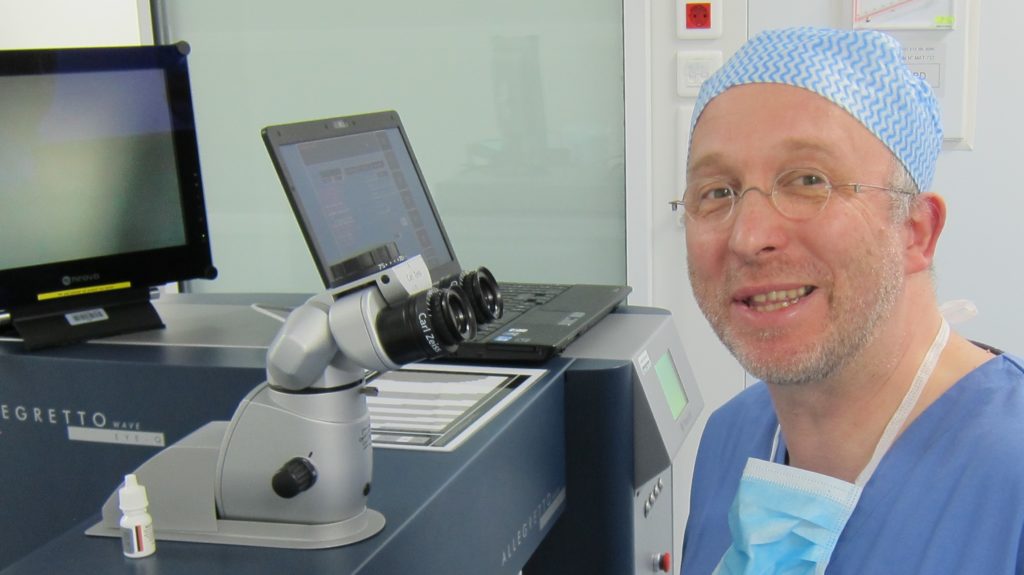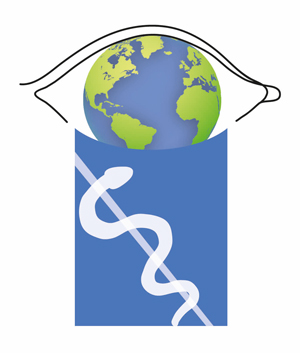Range of indications
Photorefractive keratectomy (PRK), introduced in 1987, is the oldest technique in ophthalmology to correct a refractive error by laser.
During the operation, a very thin layer (epithelium) is first removed mechanically with a blade (touch) or with the FEMTO laser (touchless). Then the actual laser treatment of the cornea is performed with the EXCIMER laser. Under a contact lens attached afterwards, the opened cornea grows naturally within 4 days. Once the contact lens is removed, the complete integrity of the cornea is restored.
There is neither a flap nor a scar. Treatment of presbyopia at the ages above 40 years is easier to perform after PRK than with other laser techniques, like LASIK or SMILE.
Vision recovery takes longer than in LASIK surgery. The PRK procedure is certainly a more painful procedure. In return, however, the cornea heals naturally and without scars. The final result of visual acuity in terms of corneal laser treatment is the same after 3 months in both procedures.

Driving ability: 1 week after the operation
Please feel free to make an appointment for a personal consultation!
Basically, laser ablation of the cornea is not a service of the Luxembourg health insurance CNS (Caisse nationale de santé).


